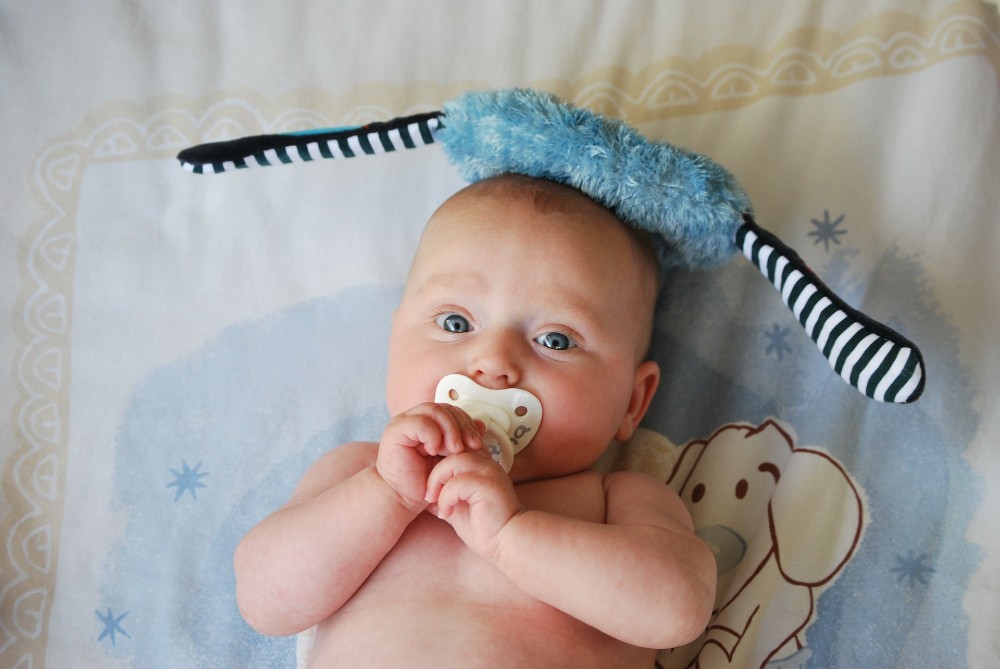A pacifier may be an excellent option for calming and soothing a newborn! The decision to offer the pacifier is made in order to encourage the kid to soothe himself or herself; the desire to suck is, after all, quite natural. Many parents have preconceived notions about the pacifier, but it is important to remember that, in contrast to the thumb, the pacifier is considerably simpler to quit using. Even if anatomical and physiological pacifiers have no effect on the development of the jaw, it is nevertheless essential to discontinue their use before the child reaches the age of four years.
Various sizes, forms, and materials are available, and there is even something to be lost among the pacifiers. Here is some information to assist you in making a decision on a baby pacifier. Choosing the online baby store in Malaysia product is essential.

In what size pacifier should I invest my money?
It is essential to choose a newborn pacifier that is appropriate for his or her age in order to prevent the possibility of palate deformation in the future. It is quite easy to accomplish this; just look at the age range suggested by the particular brand in question. Each of them creates models that are specifically tailored to the mouth cavity of the kid.
The pacifier for a newborn:
This is the pacifier that is appropriate for infants ranging in age from birth to six months. Given the tiny size of the pacifier in certain models, some are even suggested for children as young as two months of age (the part that the baby puts in the mouth).
When a baby is 6 months old, he or she begins to use a pacifier that is more appropriate for the infant’s jaw until he or she reaches the age of 18.
The pacifier for the second age group:
This is the kind of pacifier that you may use with your kid from the age of 18 months to the age of 36 months.
What kind of material should I use?
Pacifiers are available in two different materials. In all instances, the makers suggest that the pacifiers be replaced once a month or as soon as the smallest degradation is seen. As a result, it should be thoroughly checked on a frequent basis.
The silicone pacifier is as follows:
There is no taste or scent to it. It is both firm and resistant at the same time. When compared to a rubber pacifier, there is a reduced chance of allergic reaction. The benefit of the silicone pacifier is that it is transparent, allowing you to verify its cleanliness with only a look. The silicone teat, on the other hand, may fracture after repeated sterilizations.
The rubber pacifier is natural and flexible, although it may have a little odor due to the rubber’s composition. In comparison to a silicone pacifier, its lifetime is much shorter. It is, nevertheless, recommended due to the high level of quality and adaptability.
In which form should it be positioned in?
The physiological pacifier is as follows:
In the form of the breast, it has a circular tip that is flattened on both sides and has a flattened tip. It may be inserted into the mouth from any direction. It is suggested for infants who are breastfed.

